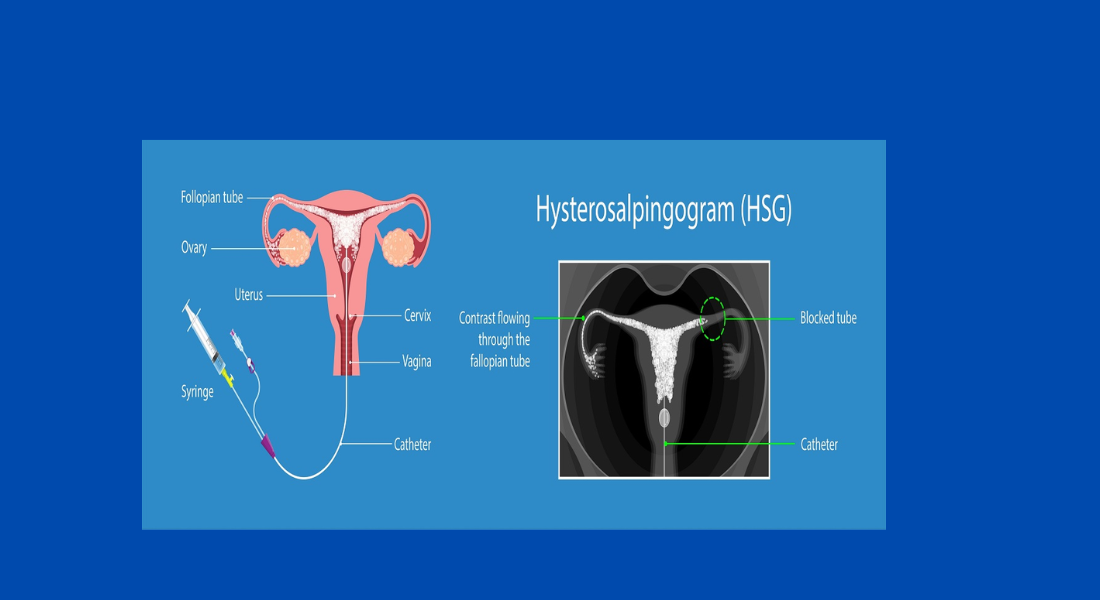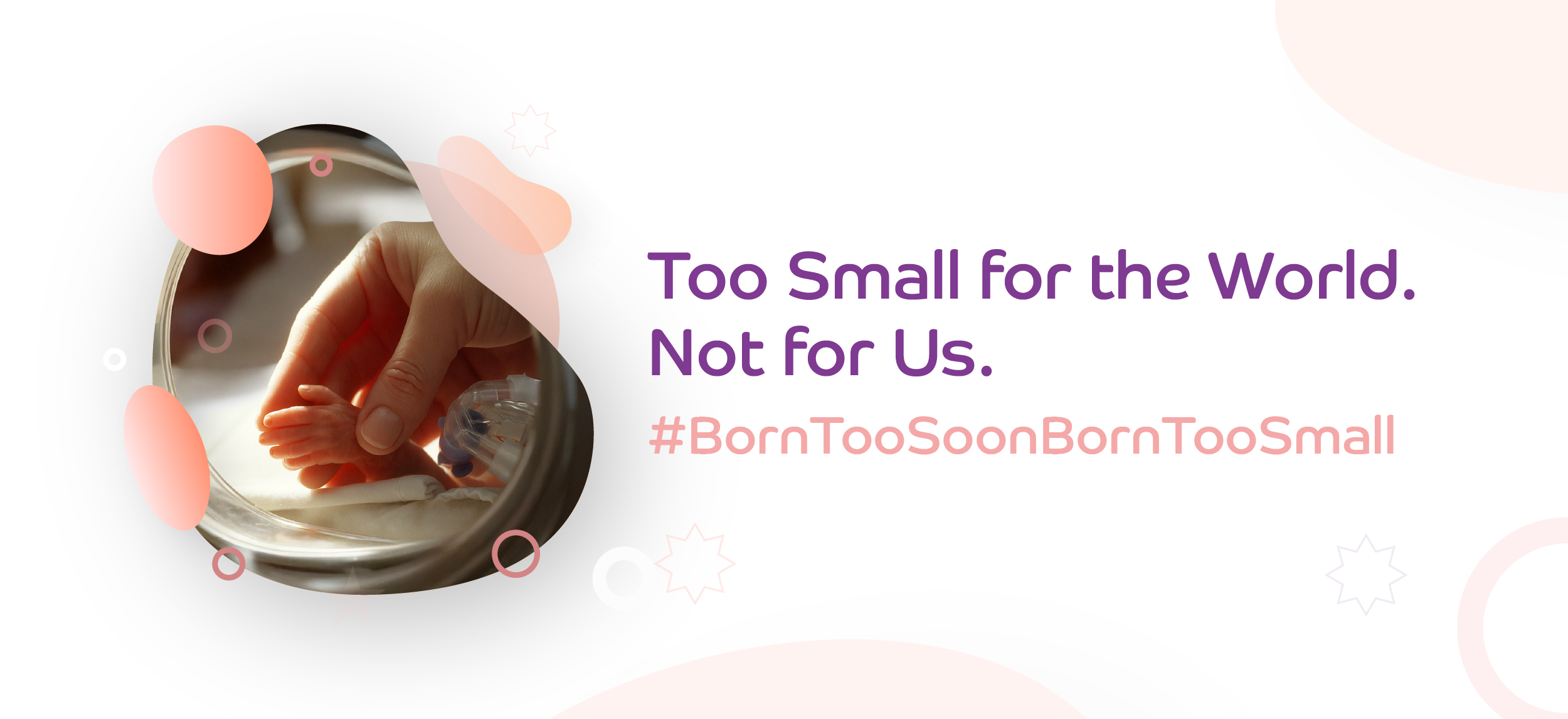Categories
What is Hysterosalpingography (HSG)?
Apr 12, 2024
What is Hysterosalpingography (HSG)?
Hysterosalpingography is a specialized imaging procedure
used to evaluate the health and patency of a woman's fallopian tubes and
uterus. It involves the use of a contrast dye and X-ray imaging to visualize
the internal structures of the reproductive tract. How to Prepare for HSG:
- Meet your doctor if you
need to do a tube test and discuss the procedure in detail.
- Schedule the HSG
appointment during the first half of your menstrual cycle, preferably
within the first 10 days after the start of your period.
- Inform your doctor if you
have any allergies, particularly to iodine or shellfish, as contrast dye is
used during the procedure.
- You would be given pain medication & antispasmodics, such as ibuprofen or acetaminophen, about an hour before the procedure to help reduce discomfort.
- During the HSG procedure, you'll be comfortably positioned on an examination table, similar to a pelvic exam. Your doctor will gently insert a speculum into the vagina to visualize the cervix. Then, a thin tube called a catheter will be inserted through the cervix into the uterus.
- Once the catheter is in place, a contrast dye will be injected through the catheter into the uterine cavity. As the dye flows through the uterus and fallopian tubes, X-ray images will be taken to monitor its progress and identify any blockages or abnormalities.
- The reports are ready in some time and your doctor will discuss it once you are comfortable and plan treatment accordingly. About an hour before the procedure to help reduce discomfort.
- An HSG usually causes mild or moderate uterine cramping for about 5-10 minutes. However, some women may experience cramps for several hours.
- These symptoms can be greatly reduced by taking medications used for menstrual cramps before the procedure or when they occur.
- You should be prepared to have a family member or friend drive back home after the procedure.Now a days it is also possible to do this test under anaesthesia. Just before the procedure a small dose of sleep injection is given. The effect wears off after 30-40 mins and you are comfortable throughout and even after procedure.
- Infection- The most common serious problem with HSG is pelvic infection. In rare cases, infection can damage the fallopian tubes or make it necessary to remove them. A woman should call her doctor if she experiences increasing pain or a fever within 1-2 days of the HSG.
- Fainting- Rarely, the woman may get light-headed during or shortly after the procedure.
- Radiation Exposure- Radiation exposure from an HSG is very low, less than with a kidney or bowel study. This exposure has not been shown to cause harm, even if a woman conceives later the same month. The HSG should not be done if pregnancy is suspected.
- Iodine Allergy- Rarely, a woman may have an allergy to the iodine contrast used in HSG. If a woman experiences a rash, itching, or swelling after the procedure, she should contact her doctor.
- Spotting- Spotting sometimes occurs for 1-2 days after HSG. Unless instructed otherwise, a woman should notify her doctor if she experiences heavy bleeding after HSG
- Laparoscopy can also determine if tubes are open, using a
procedure called chromopertubation.
- An alternative procedure to evaluate tubal patency is a
sonohysterosalpingogram (SHG).
- In SHG, a catheter (narrow tube) is placed in the uterus
through the vagina and saline and air are injected. In women who have open
fallopian tubes, tiny air bubbles may be seen going through the fallopian tubes
during the ultrasound. However, this procedure is inferior to HSG for
assessment of tubal patency.











